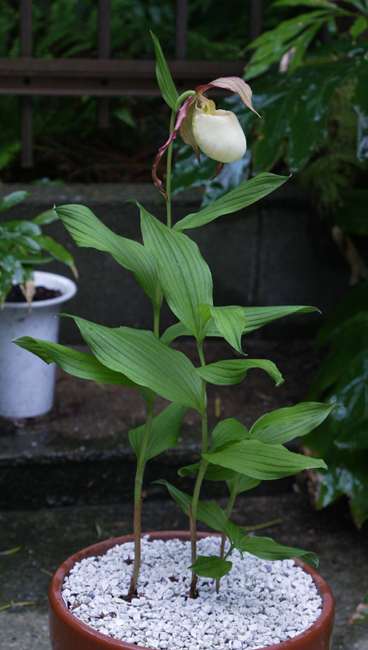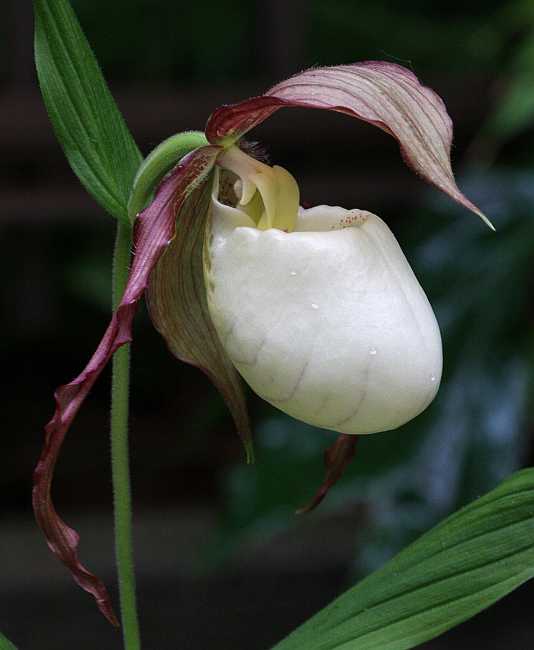KyushuCalanthe
Just call me Tom
- Joined
- Jan 12, 2008
- Messages
- 8,195
- Reaction score
- 489
Well, considering the wonderful plants that have been showing up on this forum, I feel a bit embarrassed about showing anything, but...
Here's my C. kentuckiense plant. I've grown it since 2008 and since then it has been an up and down ride. First it increased, flowered with three blooms in 2011, then got a fungal rot, then looked like poop for a couple years, and this year it is flowering again on four growths!


The truth with Cyps is that you cannot expect them to always be OK - you really have to work at it. In southern Japan's climate this is particularly true since plants are pushed to their heat tolerances - and sometimes beyond. For now I'm pleased.
Here's my C. kentuckiense plant. I've grown it since 2008 and since then it has been an up and down ride. First it increased, flowered with three blooms in 2011, then got a fungal rot, then looked like poop for a couple years, and this year it is flowering again on four growths!


The truth with Cyps is that you cannot expect them to always be OK - you really have to work at it. In southern Japan's climate this is particularly true since plants are pushed to their heat tolerances - and sometimes beyond. For now I'm pleased.



